Basic Obediece
Luring Your Dog Into Position
A great way to teach your dog what we want their body to do. and guide them into position, such as as sit, down, place, and many tricks. It’s important to start slowly and shape the behavior by Reward close approximations to the end result
Start with high value treat or better yet their food in a bog enough size you can palm the treat/food in your palm covered by your thumb
Keep your hand as flat as possible and have your dog try to push into your hand to get the treat/food.
As the push in small increments move your hand and mark and reward by releasing the treat/food fro you r thumb. gradually increase the distance. See the video with Moby for a few of the beginning exercises.
"Sit" cue
Guide your dog into a sit with a treat placed right in front of your dog's nose. Take the treat and lure it behind your dog's head like it's a magnet or a string attached to his nose and guide it behind your dog's head. As soon as your dog's butt hits the floor, mark with a verbal “Yes” or clicker and give your dog the treat in your hand.
Start raising your hand upwards slowly like I showed you your dog should start sitting with just the hand signal and start saying "Sit" as well. Then mark and reward when your dog's butt hits the ground and reward with a tasty treat.
"Down" Cue
Start with your dog in a sit, by either luring or telling them. Then wait a few seconds. Have a tasty treat firmly between your fingers so that your dog can smell it and lick it but not eat it. Put the treat right in front of your dog’s nose. Then slowly move it straight down toward the floor, between her front legs.
As your dog’s nose follows the treat, just like a magnet, your dog’s head will bend all the way down to the floor. When the treat is on the floor between your dog's paws, start to move it away from him, like you’re drawing a line along the floor. (The entire luring motion forms an ”L" shape.) To continue to follow the treat, Your dog will probably ease himself into the Down position. The instant his elbows touch the floor, say “Yes!”(if you have your clicker click), and immediately let him eat the treat from your fingers.
Work your down while you are hanging out or watching TV. You will gradually extend the length of time that they stay in the command. Sit at a bench outside and work your dogs in their “Down” cue. Also practice her “Down Stay” when you are going to the kitchen, having her stay outside.
Adding Distance to a Cue:
When your dog is reliably staying in one position such as “Sit”, “Down” or “ Place” start adding some distance with one small step away. Repeat the Cue before you step away.
After you complete the step Mark and with a “Click” or a verbal “Yes”, return to your dog and reward with a tasty treat.
Repeat this with larger distances, remember baby steps to success. Pay attention to when the distance is too far and your dog breaks the position, go back to the distance your dog succeeds in, repeat, and end the session at that distance.
Always end on a good note.
Here a video from a training session, we did with Valentine in Queens with my friend and badass trainer Chris. To help teach Valentine to be calm on cue and further proof her "Down" cue.
We added more distance among many distractions at the park as you can see people were practicing boxing and children were rollerblading while Valentine did a great job staying in position even when my back was turned.
To get our dogs to understand what is expected of them we must practice, practice, and practice some more under various real-world distractions to generalize the behavior.
Here is my dog Karma, practicing all 3Ds by staying in a Sit until she is released during off-leash hours at Prospect Park.
This started at home, then on the sidewalk, then during on-leash hours at the park on a 30 ft long line, then slowly adding distance during off-leash hours.
And lots and lots of practice.
Training Guidelines Index
How Dogs Learn | Foundation of Communication | Crate Training | Walk & Wag | The Sidekick Leash | The Place Cue | Leave It | Recall - Come When Called | Behavior Modification | Separation Anxiety | Basic Obedience | Various Training
